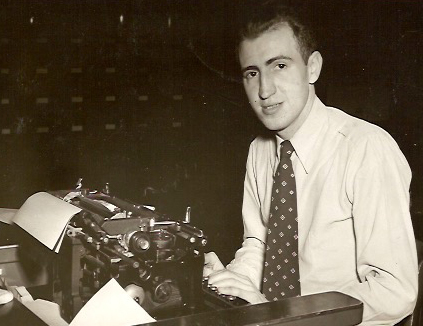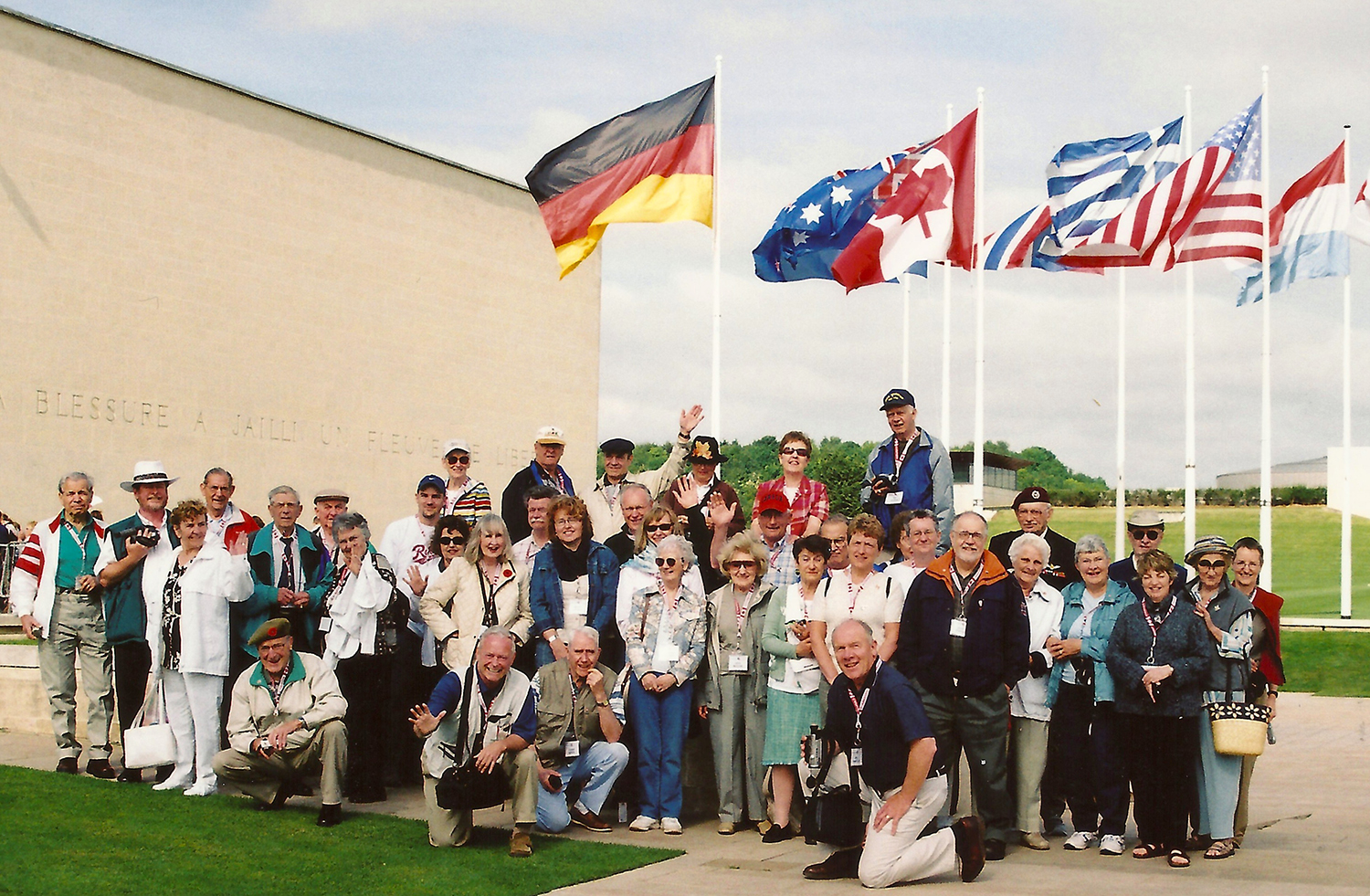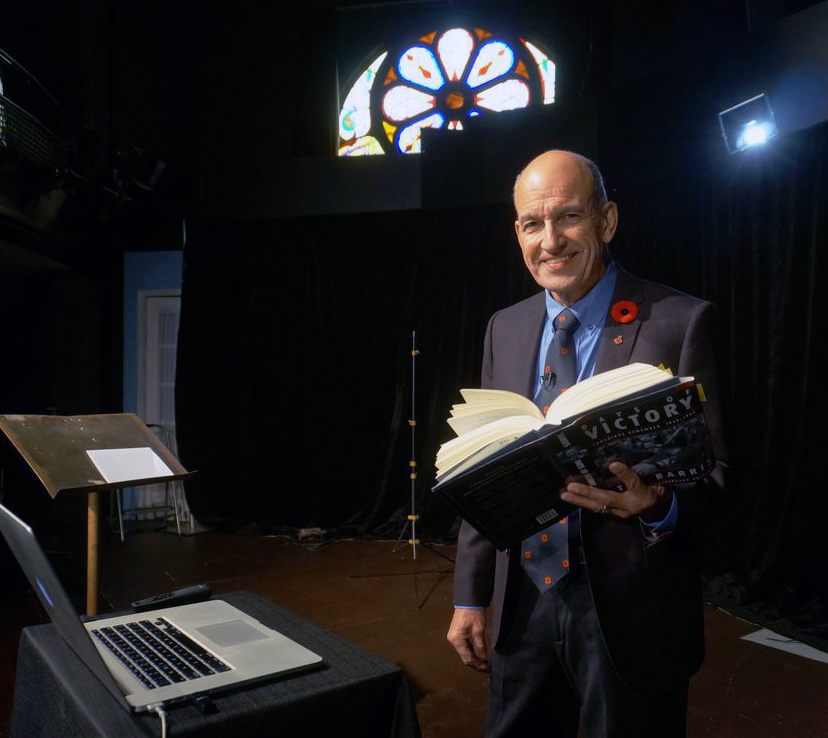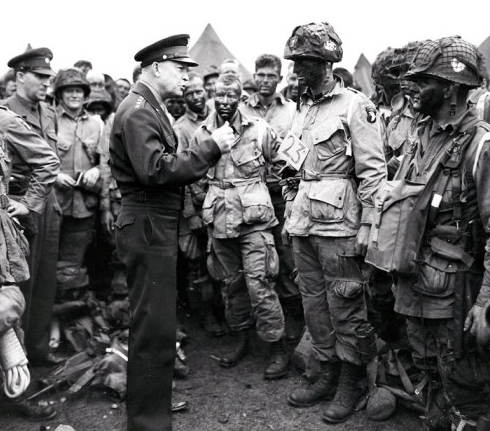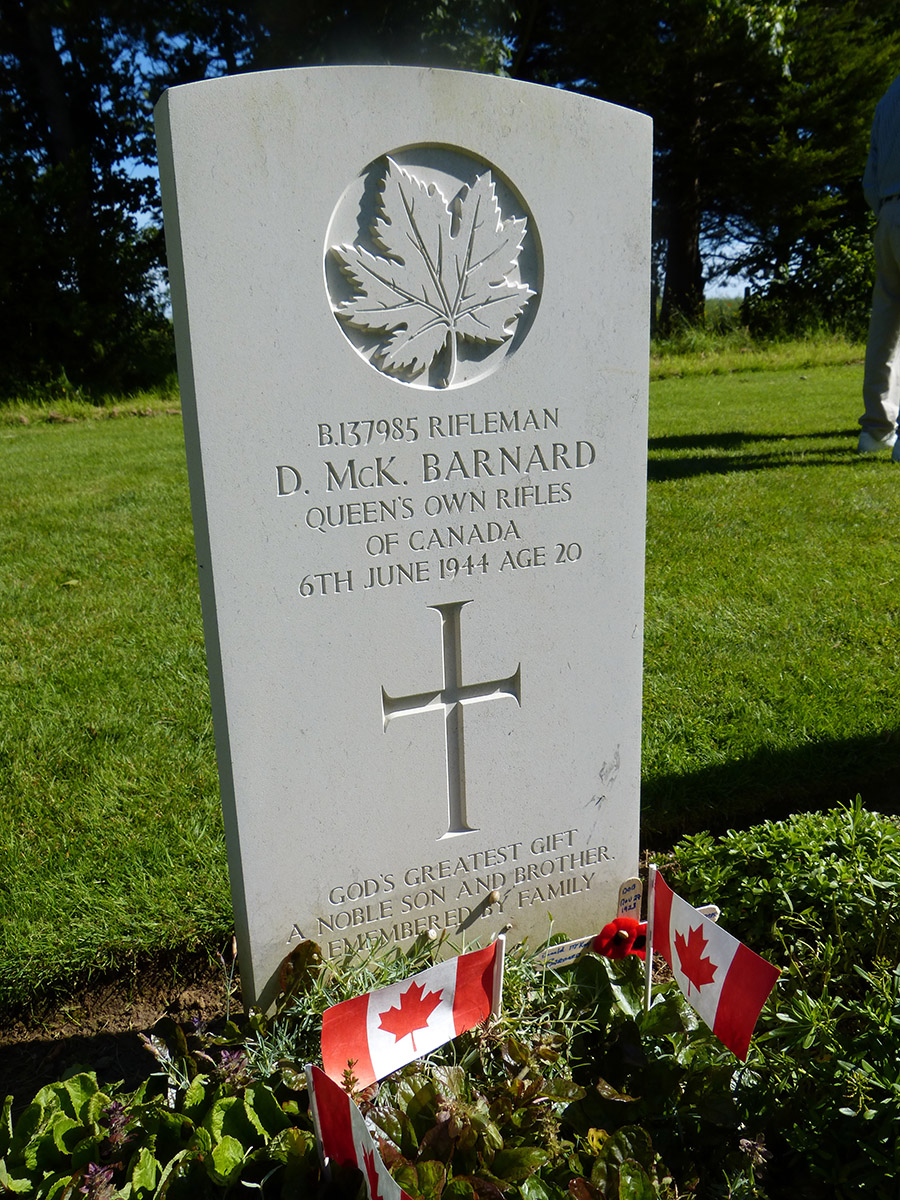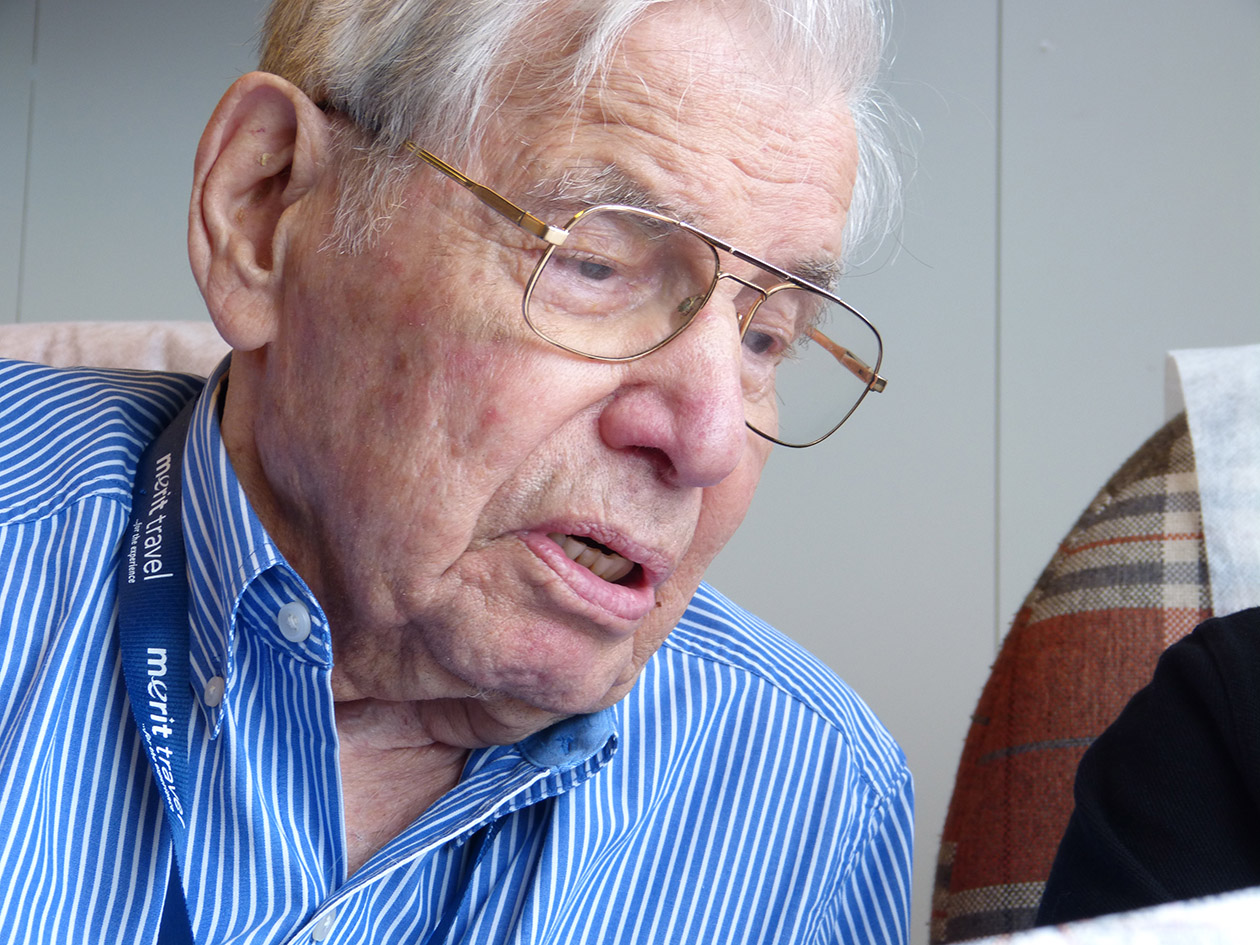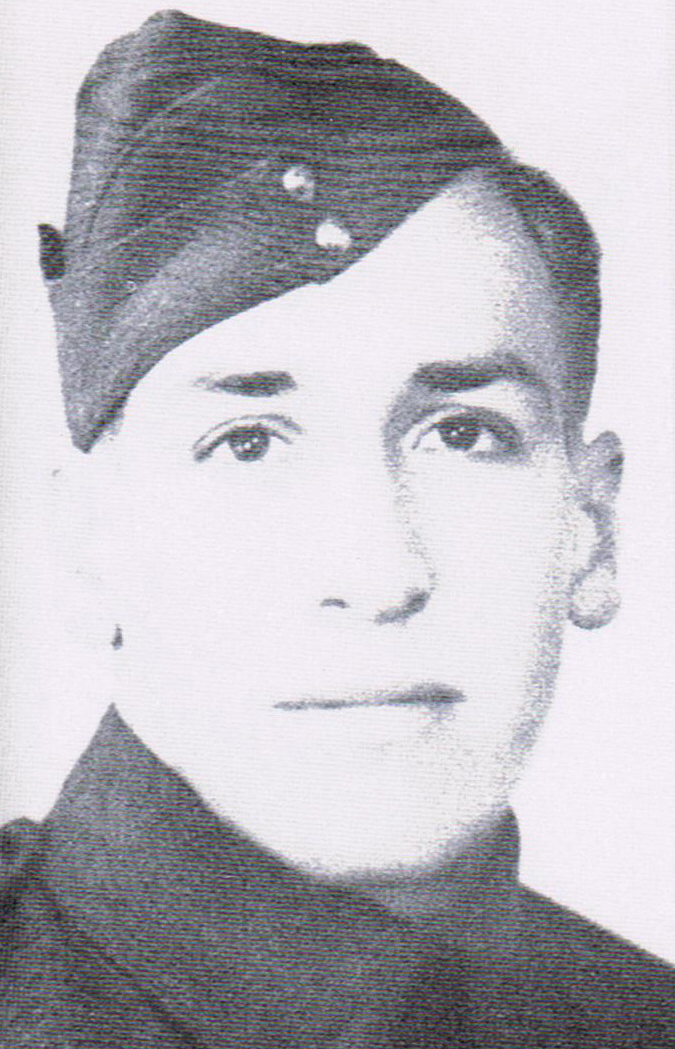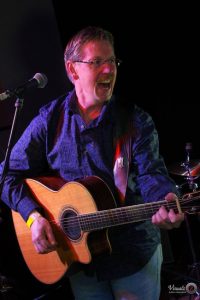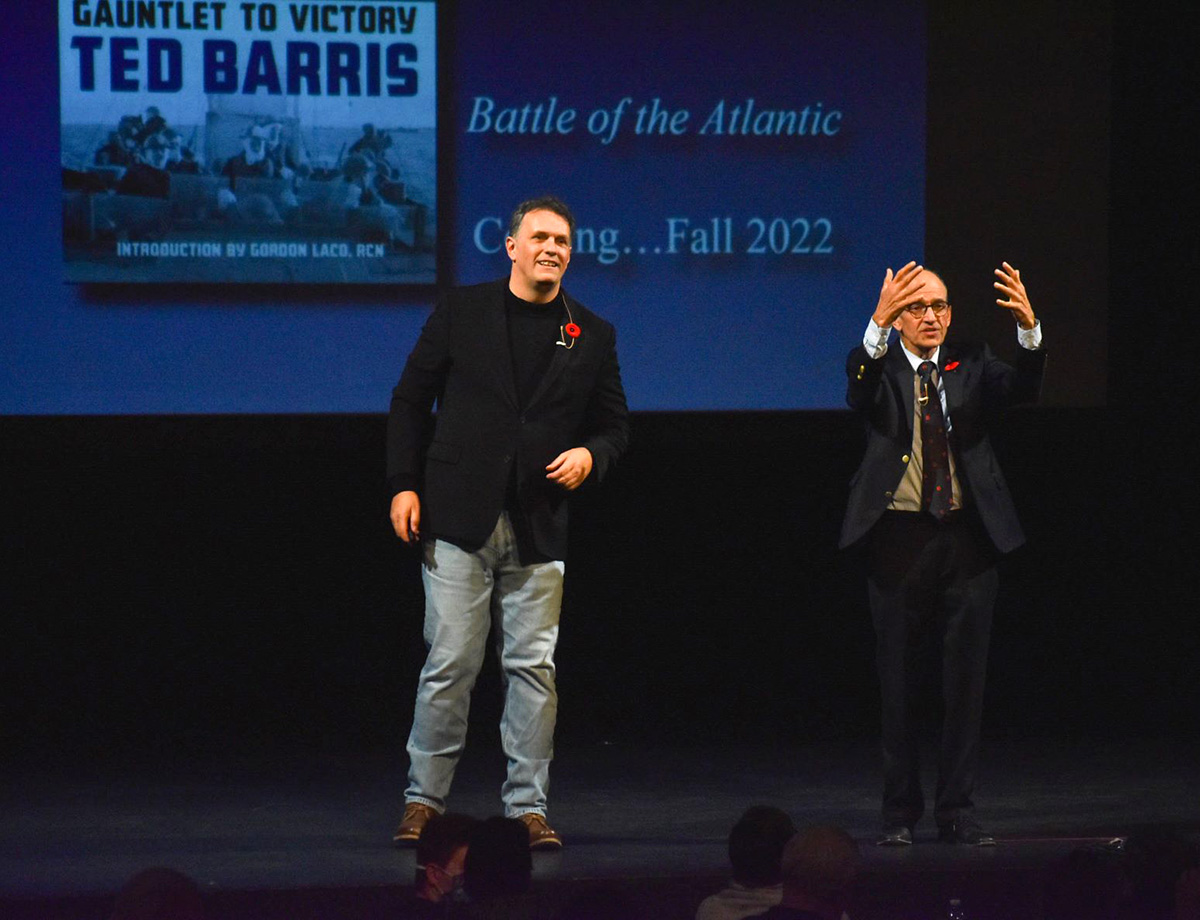
The performance had gone on through a first act. An ensemble of jazz singers had sung their hearts out. A quartet of musicians played with enthusiasm we hadn’t seen in months. Our daughter sat with us watching, listening. The energy in the club seemed electric. Then, in the second act, she was invited to the stage to sing her part in a tribute to American composer Stephen Sondheim. But before singing a single note, Whitney Ross-Barris looked out over a nearly capacity room and paused with a big smile.
“This is just the most exciting thing,” she said, “to be back singing in front of an audience.” (more…)
